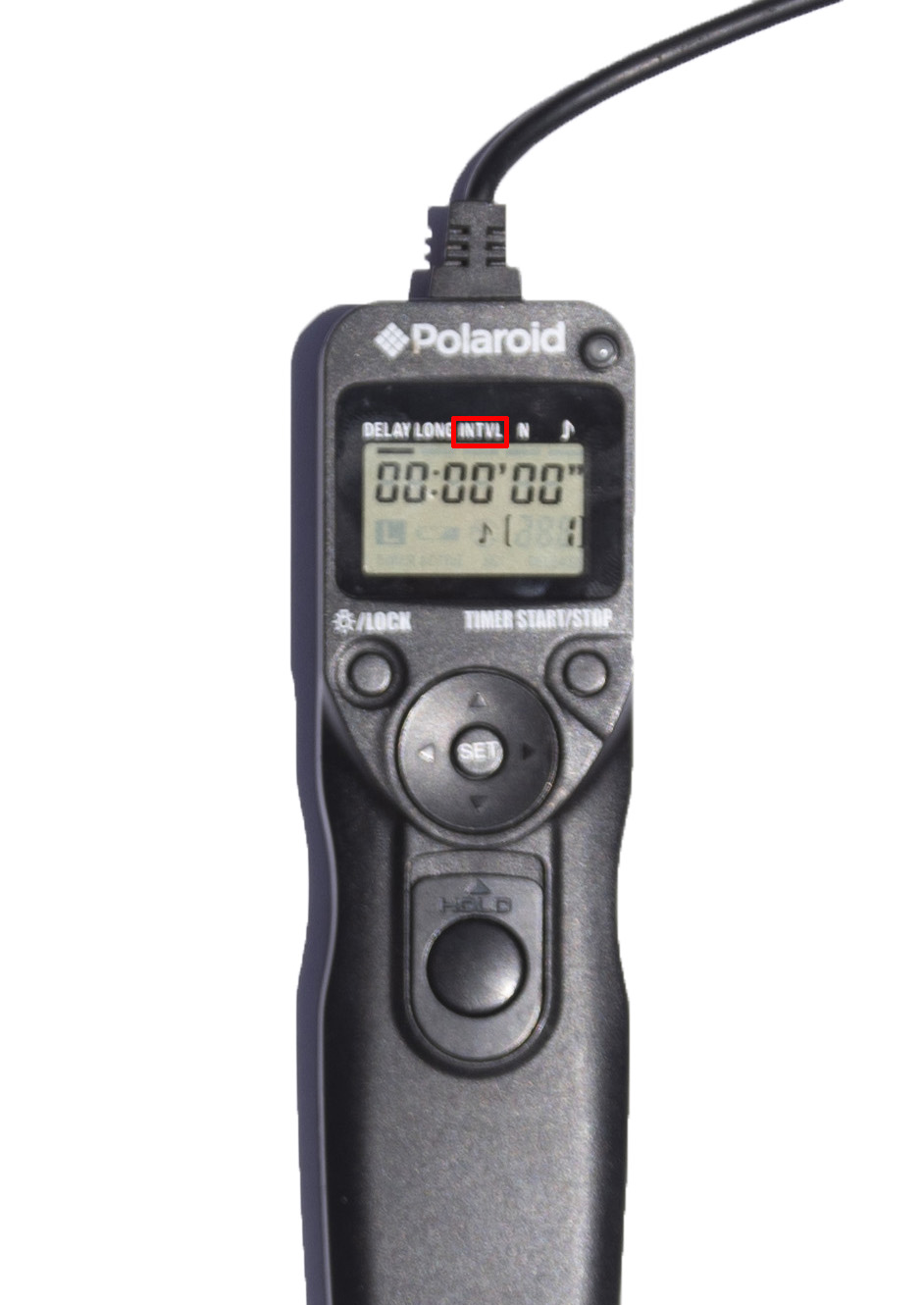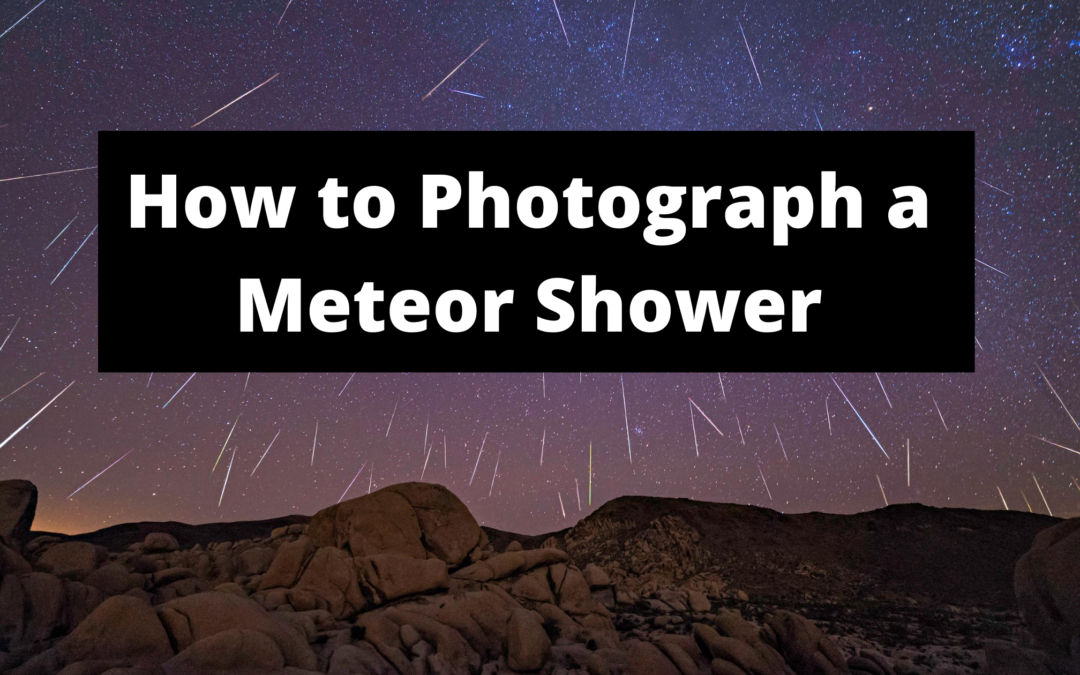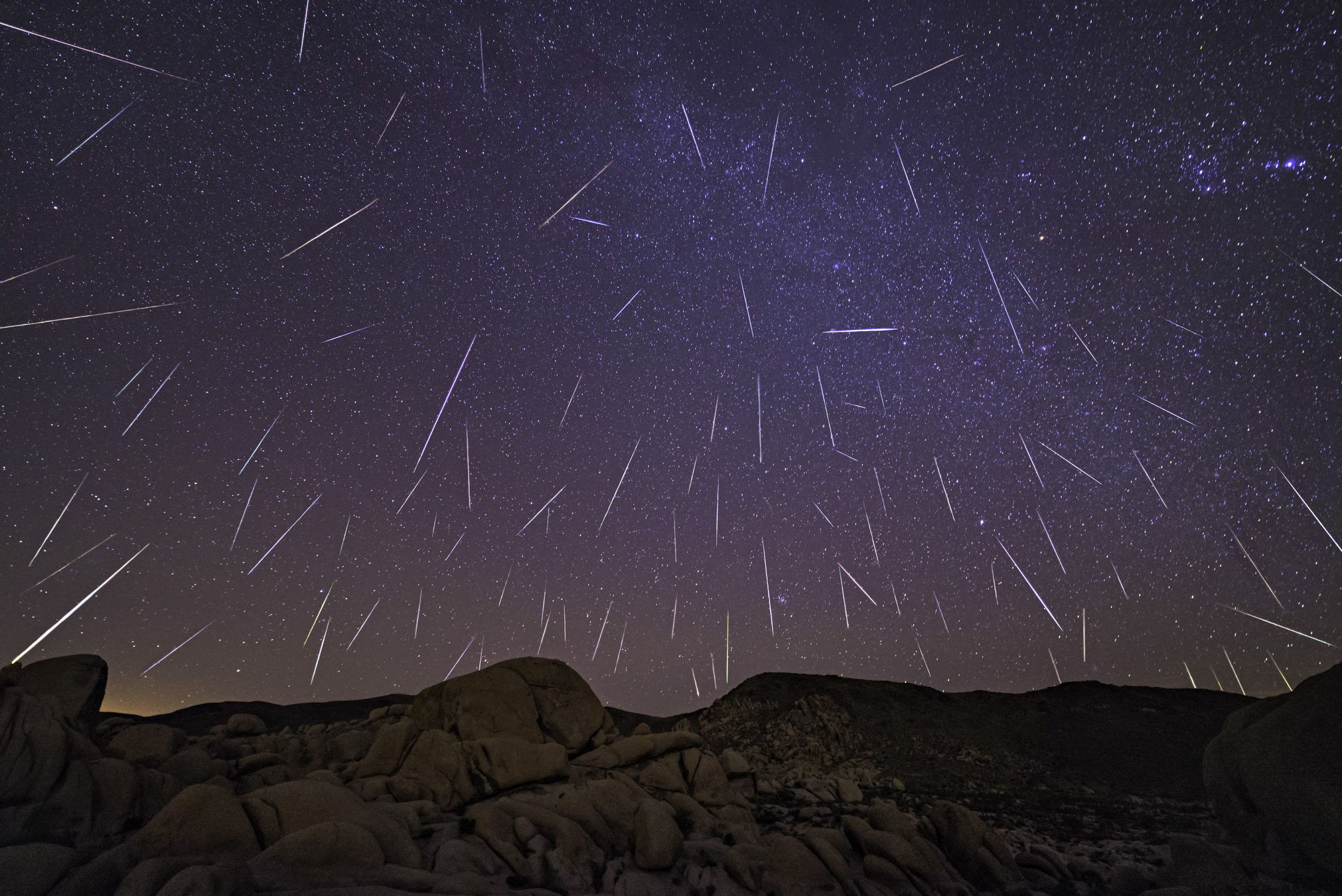Meteor Showers are an amazing spectacle to photograph! And with a little planning, you can create awesome images and enjoy the show at the same time!
First off, if you’d like to check out the video I made about photographing a meteor shower, watch it here!
But before we get into the logistics, I have to clear something up. When you see a meteor, DO NOT call it a shooting star. A shooting star would be a very bad and dangerous thing. Imagine the sun flying through space — that is what a shooting star is.
A meteor or meteoroid is a small rock in outer space. Trust me, once you start watching and photographing a meteor shower, you do not want to be saying, “Look at all those shooting stars.”
Over the years, the term “shooting star” has become a pet peeve of mine. Hopefully, I can spread this pet peeve to as many astrophotographers and star enthusiasts as possible.
Now let’s get to the fun stuff!
What is a Meteor Shower?
A meteor shower is a very awesome celestial event, where a number of meteors seem to come out from one point in the night sky. This common point is called the radiant or originate.
Meteoroids enter Earth’s atmosphere at extremely fast speeds and are a result of cosmic debris. Every time earth passes through this cosmic debris (leftover by comets), we see a shower of meteors.
There are about 9 meteor showers that occur each year, with each one varying in the number of meteors viewable. The best meteor showers can produce up to 100 meteors per hour, making these astronomical events a memory for years to come!
When Does it Happen?
For 2022, there are 9 meteor showers. The ones remaining are the Orionids, Leonids, and Geminids meteor showers. Each meteor shower is named after the location of the radiant.
Ideally, you want to photograph a meteor shower during a new moon. Just like looking at the stars, you have a higher chance of seeing more meteors when it is darker out. And news flash… The moon is pretty bright, especially at certain phases.
Sadly, you cannot plan your meteor shower photography adventure around the moon cycle. The peak of a meteor shower only happens 1-2 nights, meaning the meteor shower controls when you go and when you don’t.
This ultimately means you have no control if it is a full moon during the peak of a meteor shower.
Of course, besides, the moon, you will have to be mindful of the weather (which again, is something out of your control). Hope for the best and keep your eyes on different weather websites as you head toward your destination.
Where Do You Go to Photograph a Meteor Shower?
To see amazing meteors (and stars), you have to go somewhere dark. A place far away from any type of light pollution. The best resource I know of to help you find a location near you is the Dark Site Finder. Quickly type in your location and use the color-coded key to see places near you that are away from light pollution. Usually, state and/or national parks are good places to look at.
Once you arrive at your super dark location, you want to know where to look to be able to see the most meteors!
Remember how I mentioned the radiant above? This is the spot in the sky where you will see most of the meteors come from. For the Perseid’s meteor shower, the radiant is located in the constellation Perseus.
There are a handful of night sky applications available both on Apple and Android devices, that can quickly show you where different constellations are.

A screenshot of Photopills, where you can see the radiant relative to your location using Augmented Reality!
Better yet, the app, Photopills (available on both Apple and Android), shows you where the radiant will be and what direction it will move throughout the night!
What Equipment do You Need?
- Camera with Manual Mode
- Wide-Angle Lens with Low Aperture
- STURDY Tripod
- Flashlight/Headlamp
- External Remote
Camera Settings
Shutter Speed: 30 seconds
This shutter speed was chosen because I was planning on shooting a timelapse and wanted to capture as much as I could.
If you are planning on taking only single images, I would recommend using the rule of 500. You can learn more about that rule in my article here.
Aperture: F/3.5 or lower
Having a wide aperture allows you to capture the most light. Choose the lowest f-number available on your lens.
ISO: 3200 – 6400
The ISO will depend on how much noise your camera can handle as well as how dark your location is.
Shoot RAW
Shooting RAW allows you to maintain a lot more information in the image, as compared to JPEG. This means you have more flexibility when editing, which is always a bonus!
White Balance
The white balance will depend on your personal taste of how you want your night photos to look. I personally shoot with the customization of Flourescent or Tungsten.
How to Take a Timelapse
For meteor showers, I always shoot a timelapse. This allows me to not have to anxiously click the shutter button every time I think I see a meteor, and it also gives me the freedom to stargaze and not worry about the camera as much.
The beauty about setting up a timelapse is that it will continuously shoot for hours, capturing basically every second, increasing your chances drastically that you will capture some meteors!
To shoot a timelapse, you need an intervalometer. When buying one, make sure it is compatible with your exact camera model!
Next, set your interval (the time in between photos), to 1 second. This means that once your camera finishes an exposure, it waits 1 second, and takes another shot. I set the number of photos to infinity and then start the timelapse!

And that is how you can see and photograph a meteor shower! Hopefully, you were able to view the Perseids Meteor Shower that happened a week ago!
The next big meteor shower will be in mid-December and its called the Geminids Meteor Shower. It can display up to 100 meteors per hour! And the best part is that it will occur on a new moon, meaning full darkness the whole night!
Have fun, stay safe, and keep photographing!






Amazing photos and information! I know much more about meteors than ever now. Thanks, Adam!!
Thank you so much!